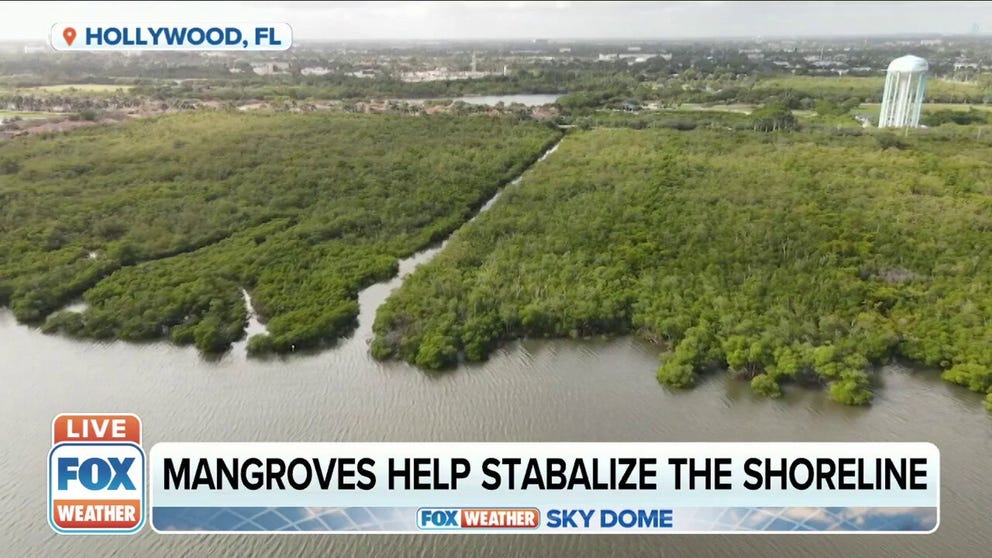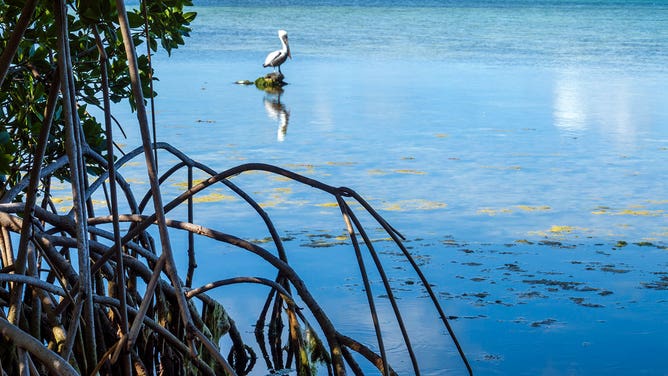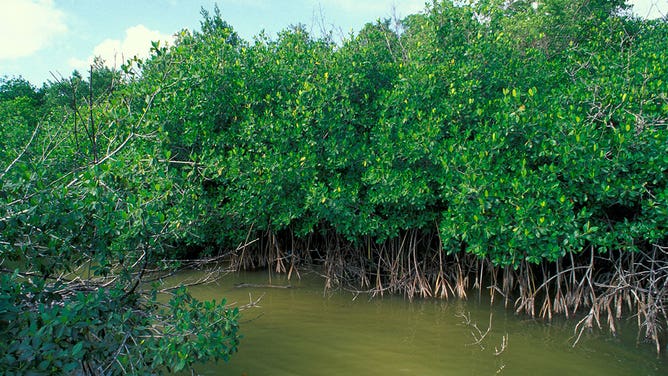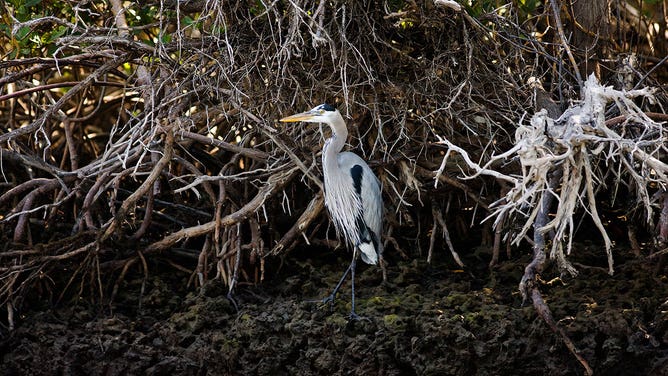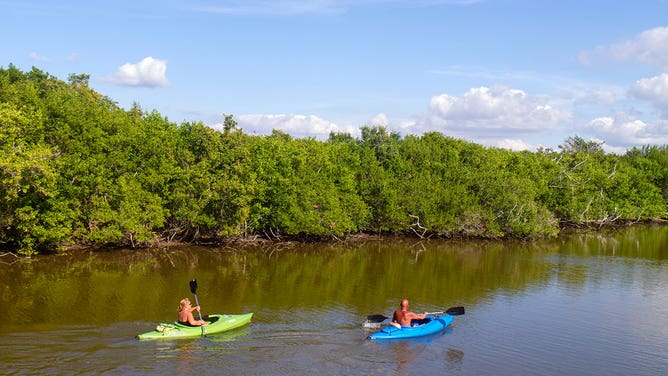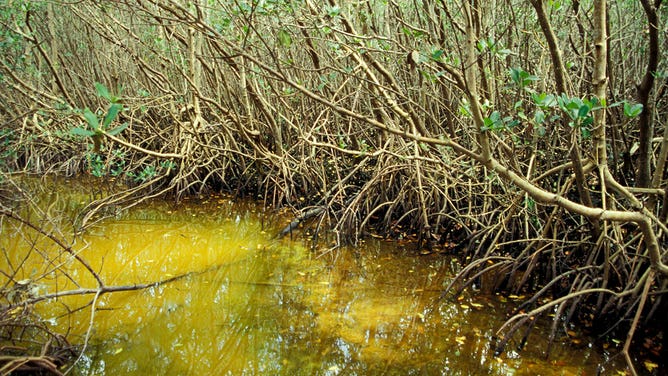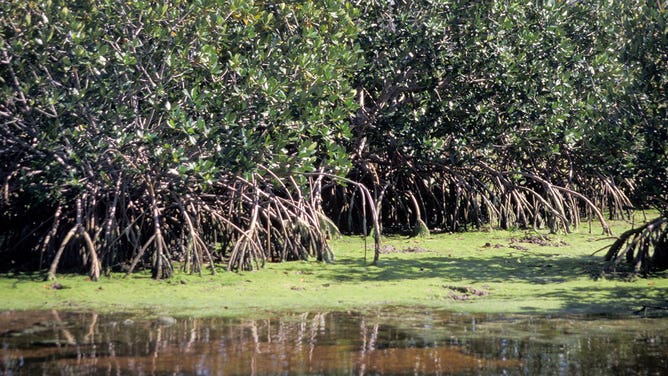Mangroves: Saving these Florida trees that protect against hurricanes
Florida is home to one of the world’s largest mangrove forests
Mangroves are Florida's natural protection from storm damage
Mangroves are a natural defense for coastlines during tropical storms and hurricanes and this is why it's important to keep them healthy.
HOLLYWOOD, Fla. – One of nature’s best defense systems for parts of the U.S. coast under threat from hurricanes each year is a group of gnarly trees called mangroves.
These trees only grow in tropical and subtropical climates since they cannot withstand freezing temperatures. They make up dense forests in saltwater areas along parts of the Gulf Coast that feature intricately intertwined root systems, which give the appearance that the trees are walking on the water.
Those interlocking roots help protect coastlines from flooding when hurricanes hit.
"They break down that wave energy," said Laura Geselbracht, senior marine scientist at The Nature Conservancy’s Florida chapter. "In doing so, they reduce how far the floodwaters penetrate inland."
The trees also help stabilize coastlines and guard against erosion.
"These mangroves produce a lot of leaves, and that leaf litter eventually accumulates," Geselbracht said.
The dense forests also serve as home to a variety of animals, such as crabs, birds, fish and iguanas.
According to U.S. Fish and Wildlife, it is estimated that a fifth of the world’s mangrove systems were lost to habitat degradation and development from 1980 to 2010. Climate change also poses a threat.
"These mangroves may not be able to keep up with sea-level rise," Geselbracht said. "They may be flooded to the extent they may start to die off, and a storm can knock them off more easily than in the past."
Projects aimed at restoring the missing mangrove forests have been undertaken in recent years. In Miami Beach, for example, city officials are planting nearly 700 mangroves, mixing what they call green and gray infrastructure.
CLIMATE CHANGE ADDS ANOTHER CHALLENGE TO KEY DEER’S FIGHT FOR SURVIVAL
"Using nature to protect us from now and the future from storm surge is so important," said Amy Knowles, Miami Beach’s chief resilience officer. "It's also why we want to live here, and we want to be able to enjoy our beautiful environment."
According to the Environmental Protection Agency, there are three species of mangroves that grow in the U.S. Mangrove forests are found in the U.S. from the southern tip of Florida along the Gulf Coast to Texas.
The nation’s largest mangrove forest, which is also one of the largest in the world, is found in Southwest Florida. According to U.S. Fish and Wildlife, the Ten Thousand Islands National Wildlife Refuge is home to 232 square miles of mangrove forest.
